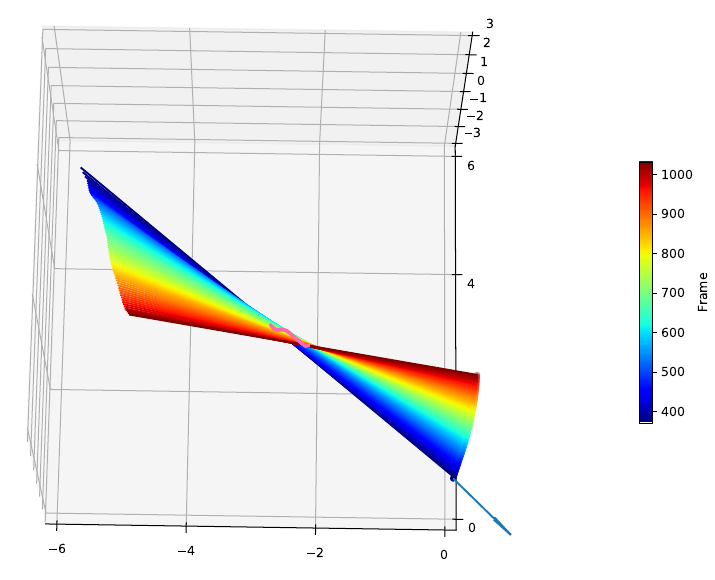jackfrostvc
Senior Member
There has been discussion recently on social media regarding the possibility of Go Fast being a balloon.
Supposedly Go Fast was at around 13k feet it's being said and 300 miles off the coast.
The 300 miles is from a quote by Graves who said they were about that far out doing a race track pattern around the carrier when the flight crew saw Gimbal.
Of course Go Fast was supposedly filmed 16 minutes lqater by the same crew. So should be a round the same area.
Here is the debate on the balloon theory.
Those saying it cant be a balloon have brought up the points below.
1) A balloon rises at around 2 m/s and if went out to 300 miles off shore, it would need to have been travelling at 540 mph horizontally to get to a point 300 miles off shore and only be at 13k feet alt (due to the 2 m/s ascension)
My contention to this is that a balloon can be released :
A) partially deflated and only reach 13k feet top alt
B) or the balloon may slowly deflate as it rises resulting in a slowing ascesion rate and a final top alt of 13k feet
C) or as it leaked it may have gone higher than 13k feet, and was seen at 300 miles out when it had descended to 13k feet
In either case ending up 300 miles off shore at 13k feet
Are my theories sound, or am I missing something here that makes it impossible for a balloon to be 300 miles off shore and at 13k feet?
Supposedly Go Fast was at around 13k feet it's being said and 300 miles off the coast.
The 300 miles is from a quote by Graves who said they were about that far out doing a race track pattern around the carrier when the flight crew saw Gimbal.
Of course Go Fast was supposedly filmed 16 minutes lqater by the same crew. So should be a round the same area.
Here is the debate on the balloon theory.
Those saying it cant be a balloon have brought up the points below.
1) A balloon rises at around 2 m/s and if went out to 300 miles off shore, it would need to have been travelling at 540 mph horizontally to get to a point 300 miles off shore and only be at 13k feet alt (due to the 2 m/s ascension)
My contention to this is that a balloon can be released :
A) partially deflated and only reach 13k feet top alt
B) or the balloon may slowly deflate as it rises resulting in a slowing ascesion rate and a final top alt of 13k feet
C) or as it leaked it may have gone higher than 13k feet, and was seen at 300 miles out when it had descended to 13k feet
In either case ending up 300 miles off shore at 13k feet
Are my theories sound, or am I missing something here that makes it impossible for a balloon to be 300 miles off shore and at 13k feet?
Last edited:

